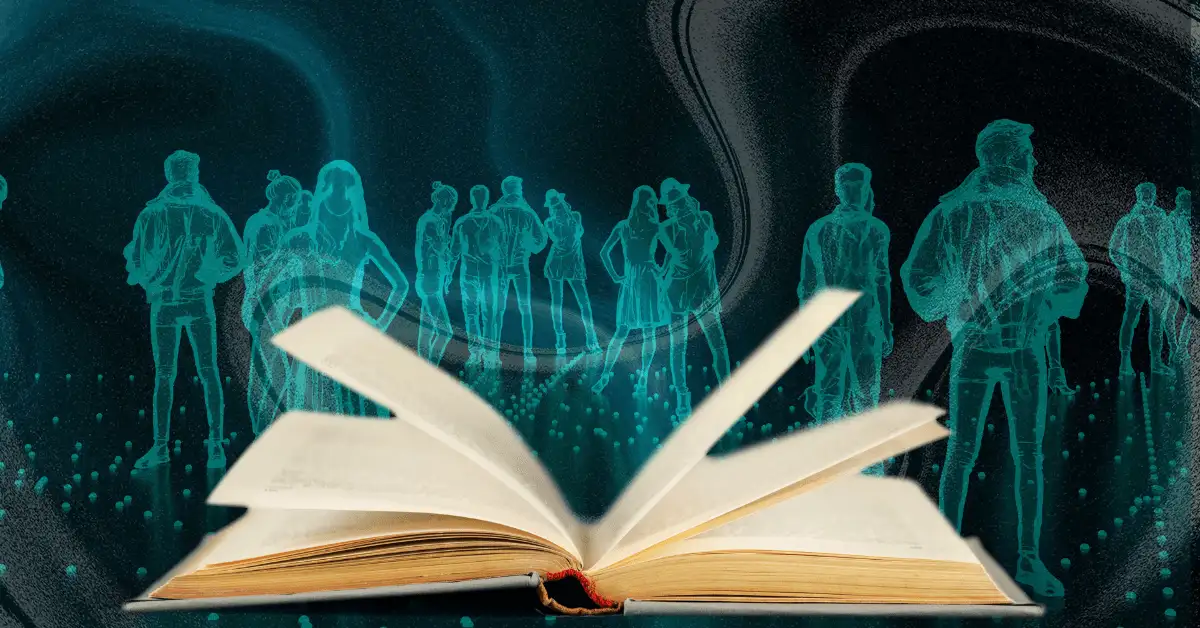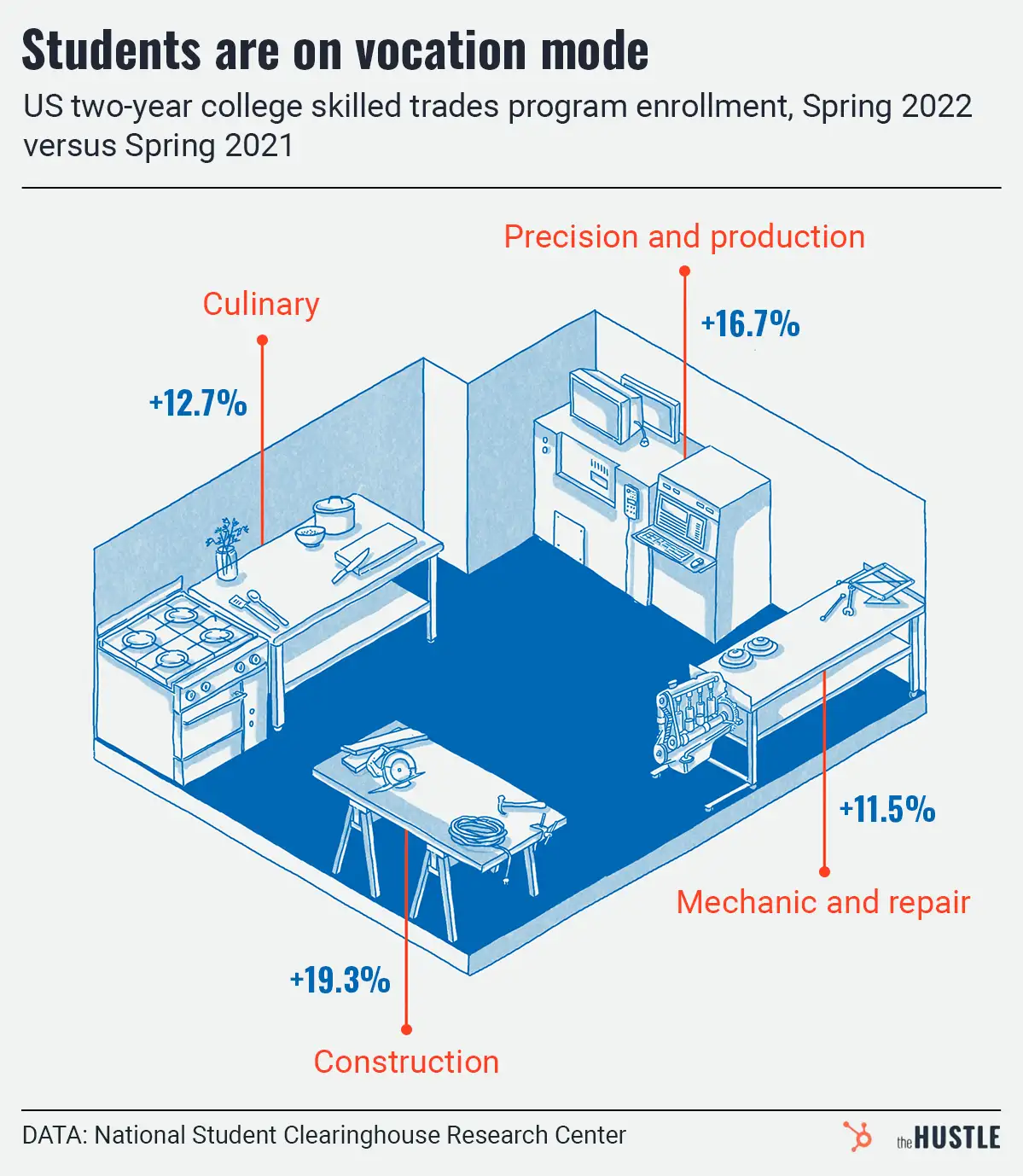If you still have nightmares about breaking your No. 2 pencil or filling in the wrong bubble on the SAT test form, you may sleep better after hearing recent news.

The standardized test, which once played a massive role in college admissions, is undergoing a digital transformation, per WSJ.
What’s changing?
Along with the digital format, the new version of the test — which will go live internationally in March 2023 and in the US in March 2024 — has several changes to make it more tolerable:
- The updated version will take ~2 hours, down from 3
- Reading passages will be shorter, and math problems will be less wordy
- Test scores will be available within days rather than weeks
While this is undoubtedly good news for future students, it raises the question: Why the change?
Long story short, business isn’t exactly booming
College Board, the parent company behind the SAT, has faced a slew of challenges in recent years, including:
- Losing market share to its rival, the ACT
- Criticism of SAT scores being closely tied to a student’s race and wealth
- Schools moving away from requiring standardized tests in general
These developments led to a ~27% drop in the fees collected for College Board’s services and programs in 2020. And it’s likely to get worse — 76%+ of 4-year colleges won’t require entrance exams this year.
Not everyone is out on the SAT
Students from wealthy households are still flaunting their scores, with 53% submitting the test this year compared to 39% from lower-income households.
So if the SAT still haunts your dreams, rest assured future generations won’t have to feel your pain — unless they want to.










